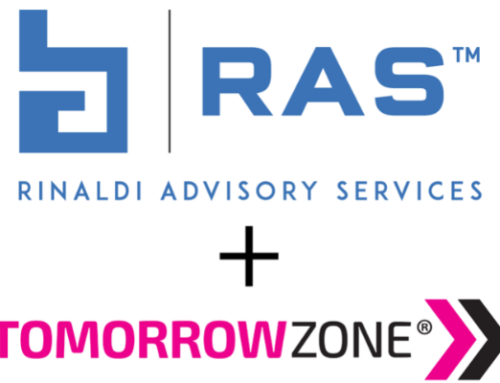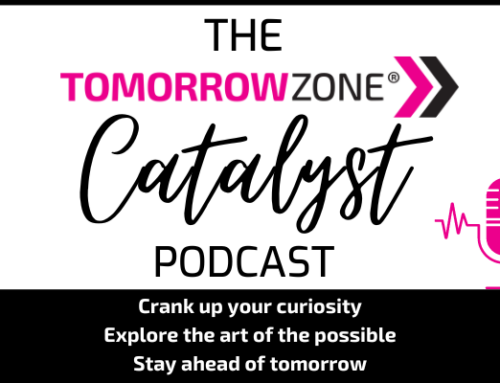
Thanks to Moto Tohda of Tokyo Century for joining me on the Monitor Suite Livestream in October. We discussed Start SMART Strategies™ for digital transformation project success. Here are a few takeaways. Monitor Suite members can check out the replay here.
It’s all about getting ready or the inevitable “Messy Middle” of the transformation initiative.
Shared Understanding is vital to make sure goals are aligned and everyone is on the same page. Technology projects are NOT for technology people alone. Both business and technology teams need to work together. Making sure everyone is not only speaking the same language, but also means the same thing is crucial. Shared and co-created visuals can accelerate shared understanding.
Momentum is an important part of digital transformation success. You need to participate along the way and not just hand it over to a developer and stand back. Agile doesn’t mean not having the big picture view. You can’t measure whether you’re on track if you don’t know the end goal. That doesn’t mean you have to have every detail figured out before you start, but having a simple progress meter helps maintain momentum.
Adoption is about helping your people adapt to the new way of doing business. Create the big picture of how you will do business in the new system. Having someone in the Business Analyst role is an extremely important upfront investment. This role is key for translating between business and software. They can help users see the future and adapt to a new way of doing business.
Role Clarity means clearly defining who is responsible for what internally within the business, externally with the vendor, and jointly. Stepping back and analyzing this ahead of time allows you to identify role and skill gaps and fill them ahead of time to the project is adequately resourced. A simple RACI Matrix is a great tool for clarifying roles.
Target Transparency means being very clear about the WHY behind the project and establishing ways to never lose sight of that target while you are implementing. Defining guiding principles at the beginning (and reinforcing along the way) allows you to stay on track and not get sidetracked by all the shiny, new features of the software. Keep your eye on the “must haves” and save the “nice to haves” for a next phase list.
Moto’s main point was to make sure you have a Business Analyst in place who understands both the business and the system. If the vendor has a resource in sales meetings that seems to have this clarity and understanding of the business and software product; and they disappear once implementations starts, that is a red flag. Make sure you know who from the vendor team will be with you across all phases.
Deb’s final encouragement was to ask for help when you need it. Digital Transformations are wicked & tricky and take a team to bring about success.
At TomorrowZone, we specialize in guiding you through strategic digital transformations, ensuring you Start SMART and finish STRONG. Whether you are starting out or already in the midst of a tricky digital transformation initiative, to learn more about how the TomorrowZone® team can help you implement Start SMART Strategies, send a direct message to Deborah Reuben today.





